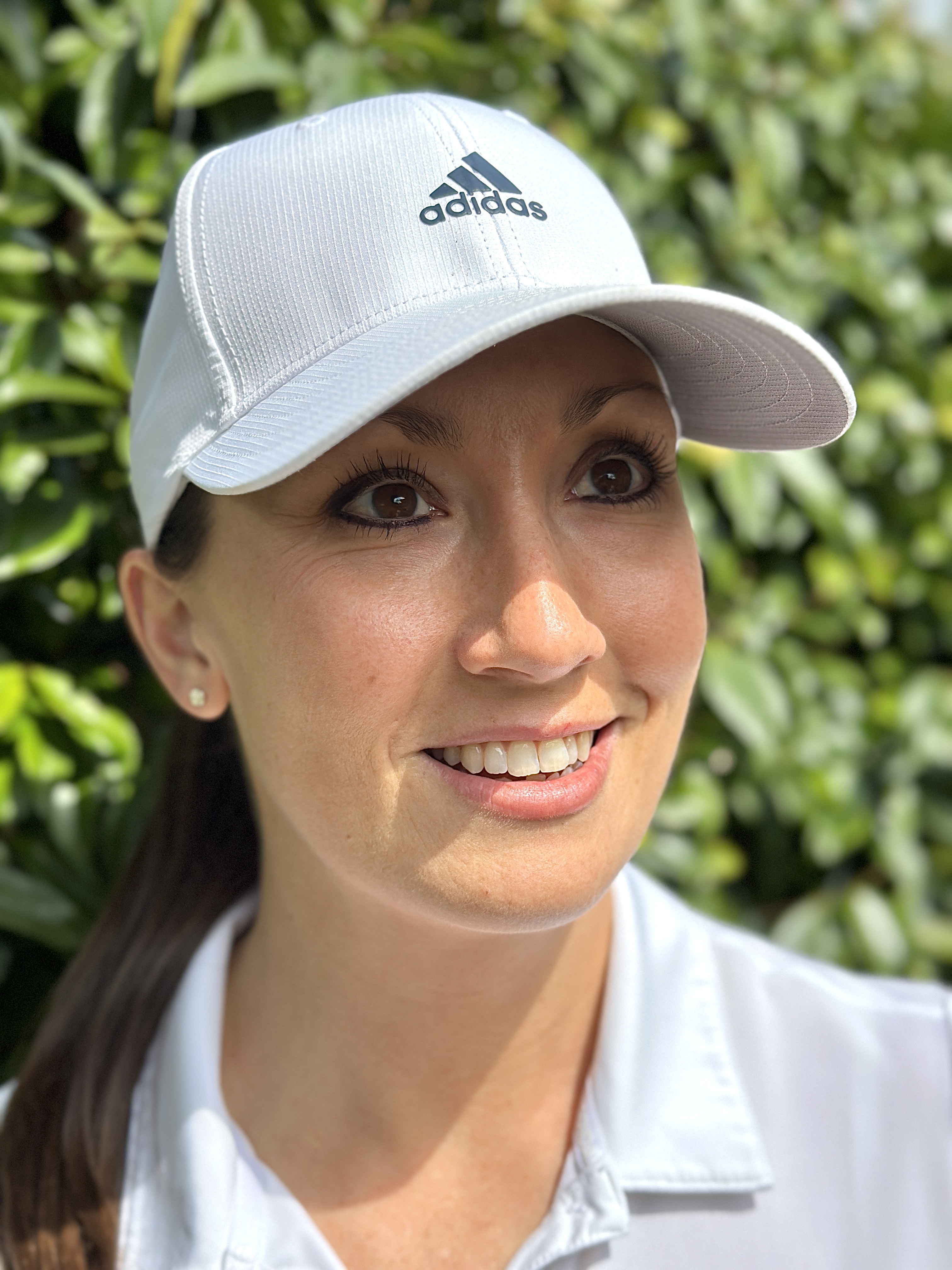Bored Of Golf Practice? Here Are 3 Drills To Make It Fun
'I wasted hours hitting balls on the range' - a single figure golfer shares 3 drills that helped her cut her handicap

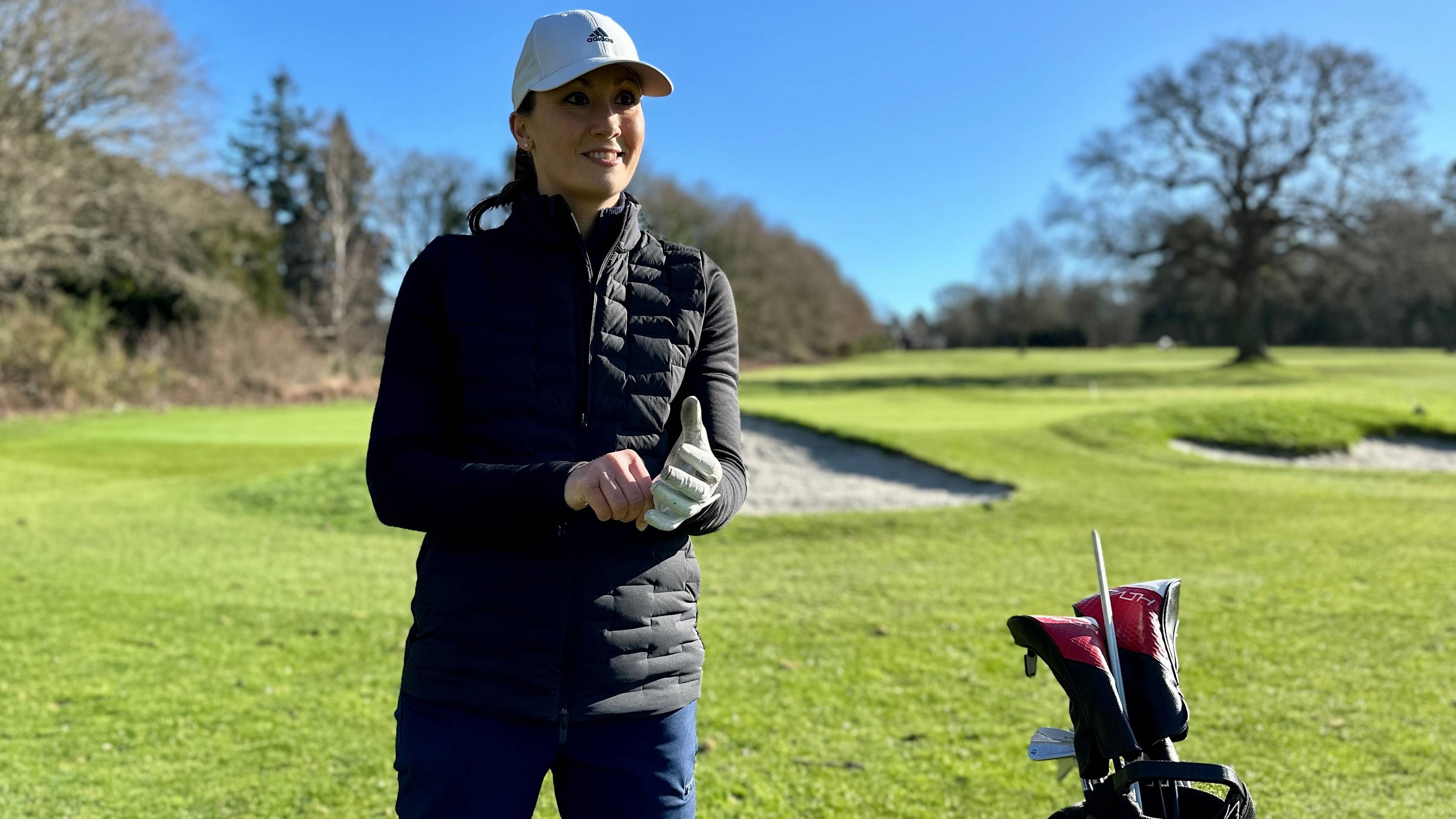
I’m not going to lie to you, when it’s wet and cold outside, going to practice can feel like the last thing I want to do. Standing in the drizzle getting those drills in? Maybe tomorrow.
But as much as I want to put it off, I know that come the spring, I’ll be grateful for the graft I’m putting in now. Even when it might not feel that way – and those swing changes aren’t clicking, or I’m plucking my ball out of a plugged lie.
That’s why I do my best to make my practice feel fun and focused because heading out in this weather is tough enough, without letting it get boring too.
How My Practice Went From Aimless To Intentional
When I look back on my year of going from beginner to single figures, I spent a lot of time practicing but not all of it was productive. I wasted hours hitting balls on the range in the hope it would improve my swing, without slowing down to focus on the feelings I was trying to execute or the changes I was trying to make.
It was only as I progressed on my quest – and shaving those shots off got harder – that my practice became more intentional. I went from bashing through balls to focusing on fixing the biggest leaks in my game, one area at a time.
And now, as a single figure golfer who’s reaching for the next level of my game, here are my 3 tips for keeping your practice fun, so you can make the most of the effort you’re putting in and enjoy those hours too. Here are my 3 tips to stop your practice from becoming boring.
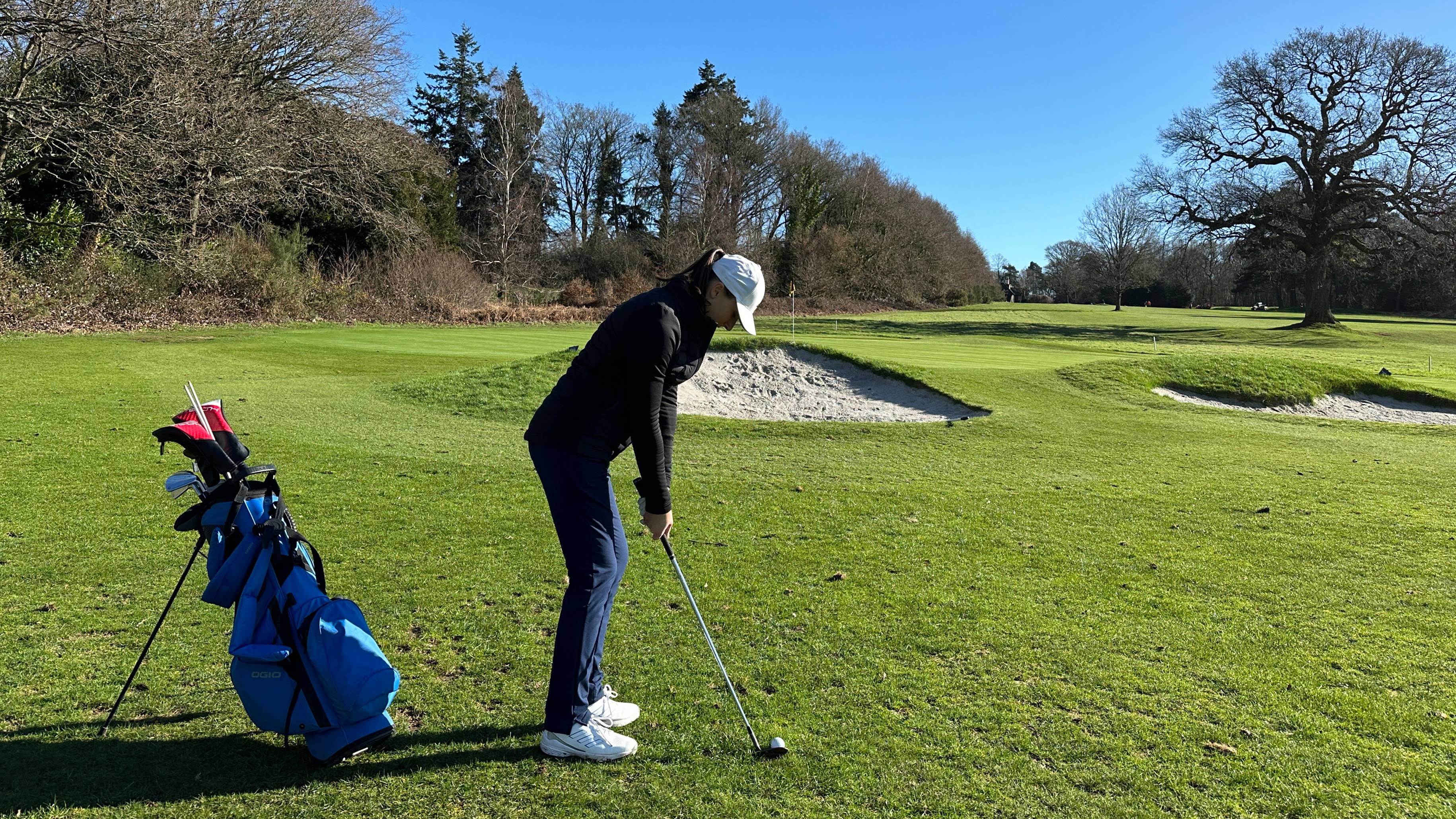
1. Go Deep On Getting Really Good At One Thing
One of the disheartening things about practicing is when it feels like you’re putting in the time but you’re not seeing progress. In my experience, this happens because you’re trying to work on too many things at once. So you end up skimming the surface of all the things rather than diving deeply into one thing (before moving onto the next).
Subscribe to the Golf Monthly newsletter to stay up to date with all the latest tour news, equipment news, reviews, head-to-heads and buyer’s guides from our team of experienced experts.
That’s why I love dedicating practice sessions to one area of my game at a time. I’ll focus on what needs the most work and would have the biggest impact on my scores. For example, one area I want to improve is my greenside bunkers. And after reading Dan Grieve’s “3 Releases” book, I’m excited to go deep on getting better out of the sand.
2. Bring A Sense Of Performance Pressure With Challenges
It can feel like there’s a big gap between taking your practice from the range to the course and cracking out those shots you’ve been working on under pressure. That’s why I always bring a 'pressure' to perform to my practice sessions, so I can learn to execute those shots when it counts.
I’ll do this by setting myself challenges that involve keeping a score or have a time limit. For example, “I can’t leave the putting green until I’ve sunk five 6 ft putts in a row.”
I’ve found that practicing under pressure has helped me to execute those shots better on the course. It might not replicate the feeling exactly – it’ll never be the same as when we’ve got a card in our hand – but it’s definitely been more helpful than not having any pressure in my practice at all. I’ve included a few of my favourite practice drills and challenges below.
3. Track Your Progress
There’s nothing better than knowing the time you’re putting in is paying off and feeling that sense of achievement when you see the progress you’re making. But I’ll be honest, I haven’t been the best at this on my golf journey – I’ll hit a goal and quickly move my sights onto the next, without acknowledging the effort it took to get there.
That’s why I’m a big believer in tracking your progress – with your play and your practice – so that you can see the improvement in numbers. Imagine how it would feel to know that you’ve gone from sinking one out of five 6ft putts to three out of five, then five out of five, over and over. The next time you find yourself standing over that knee knocker putt on the course, your confidence in making it will feel quite different.
Or imagine if, like me, you’re working on your greenside bunkers and you start out just being happy to get the ball out but then a few focused practice sessions later, you’ve gone from spraying the shots everywhere to landing them within 10 ft, then 5 ft and so on.
Tracking your progress like this gives you the data to fall back on when you’re feeling frustrated with your game and want to remember how far you’ve come.
My Favourite Practice Drills And Challenges
1. The Knee Knocker Drill
The purpose of this drill is to make more putts from that knee knocker range of 6 ft and in.
How to play it:
- Hit four putts around the hole from 3 ft, 6 ft and 9 ft
- Track your score to see how many putts you make (out of 12 total)
- …and then try to better your score next time.Empty list
Why I love this drill:
This is my go to putting drill. It’s helped me save shots by three putting less often. Now when I find myself leaving a long putt within that knee knocker range, I feel so much more confident about making it.
The 9 footers are an ambitious add-on to this drill because even though I wouldn’t expect myself to make that length of putt every time – the average PGA Tour pro makes 41% of 10 ft putts. By adding them in, it means I practice that length, in the hope I might make more of them when I’m on the course.
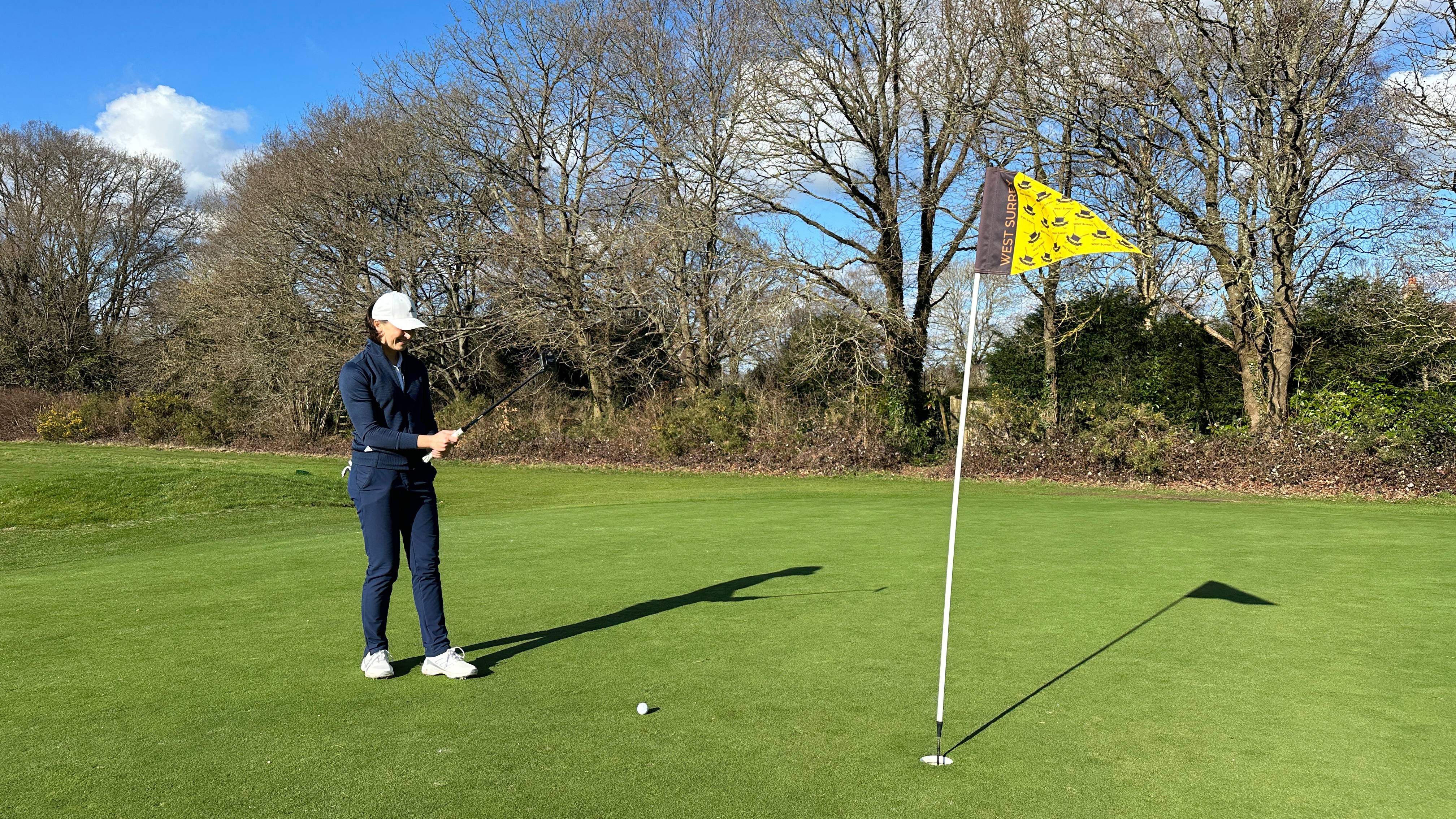
The Up And Down Game
The purpose of this game is to help you save shots when you’ve missed the green, by practicing getting up (onto the green) and down (into the hole) in two shots.
How to play it:
- Hit three balls from the same spot – for example, a chip and run around the green or 30 yard pitch – to see how many you can get onto the green and ideally, near the pin.
- Grab your putter and putt those three shots from where they finished.
- Track your score to see how many of the three shots you got “up and down”.
You could always hit more balls to make it more of a challenge or even move spots, so you’re hitting three balls from different lies to up the ante.
Why I love this game:
I love the flexibility and freedom of this game – you could play it for chipping, pitching or even greenside bunkers. And it covers both short game (the 'up') and putting (the 'down'), so you’re working on both skills in one game.
It also feels more forgiving than trying to land three shots within a 3 ft circle, for example. My goal is always to try and get as close to the pin as possible but having the putting element means that even if my shots get leaky, I’m still putting with the intention of trying to get those balls 'up and down'.
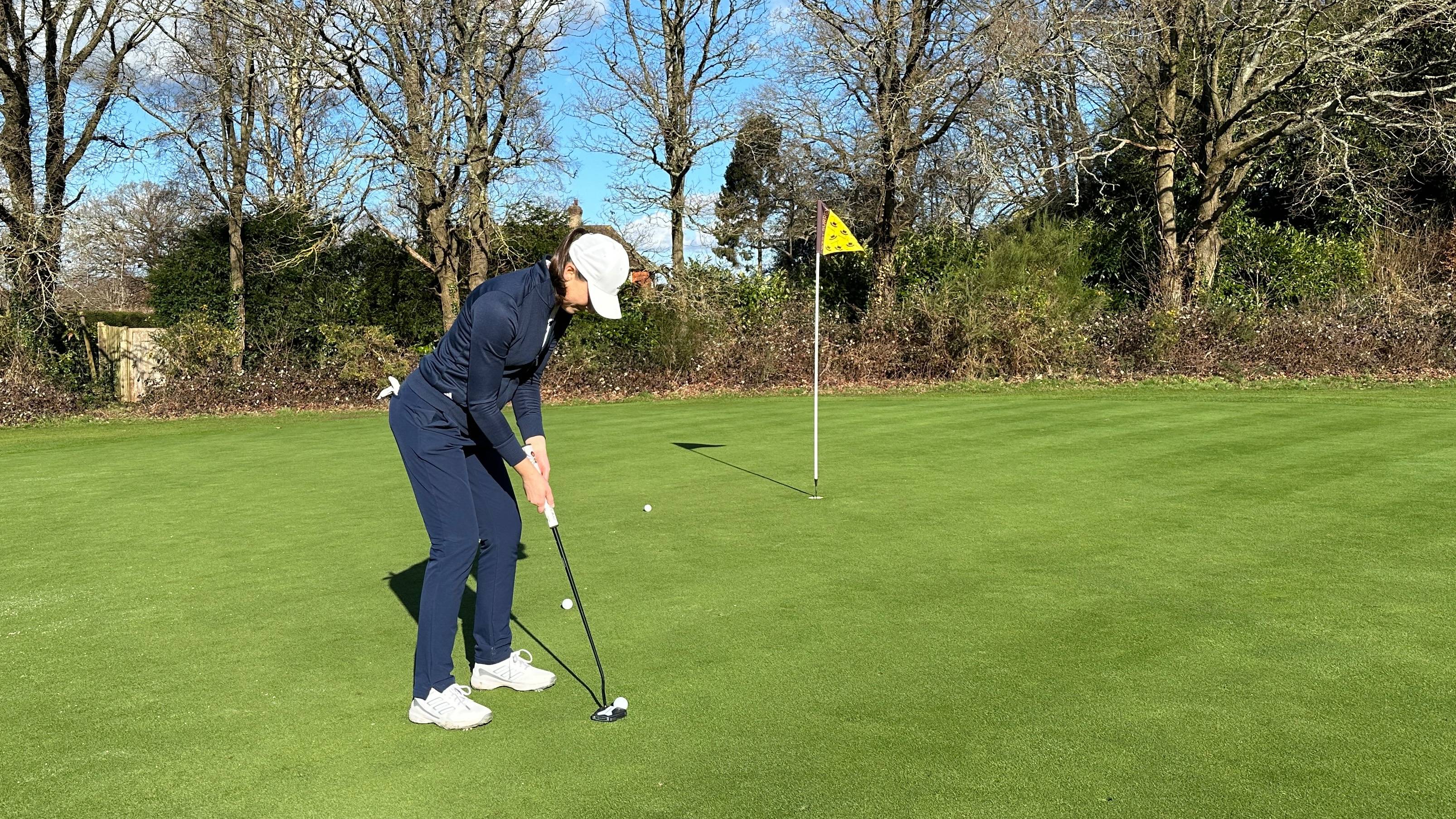
The Tricky Trio Challenge
The purpose of this challenge is all about working on those tricky “this could go anywhere!” shots that we might find ourselves facing on the course.
How to play it:
- Pick three tricky spots around the green that would really test you – for example, this might be chipping off of a muddy lie, playing a plugged ball in a bunker or out of the rough to a downhill green.
- Play three balls from those three spots to experiment with how you would play them, adapting as you need to after each shot.Empty list
Why I love this challenge:
Similarly to The Up & Down Game, I’ll focus this challenge on my short game to build my scrambling skills. My hope is that by practicing the tricky shots under a sense of pressure (a limited number of times to play them), I’ll be better able to pull them off when I’m trying to save a score on the course. And change that “this could go anywhere!” panic to “I’ve practiced this shot!” relief.
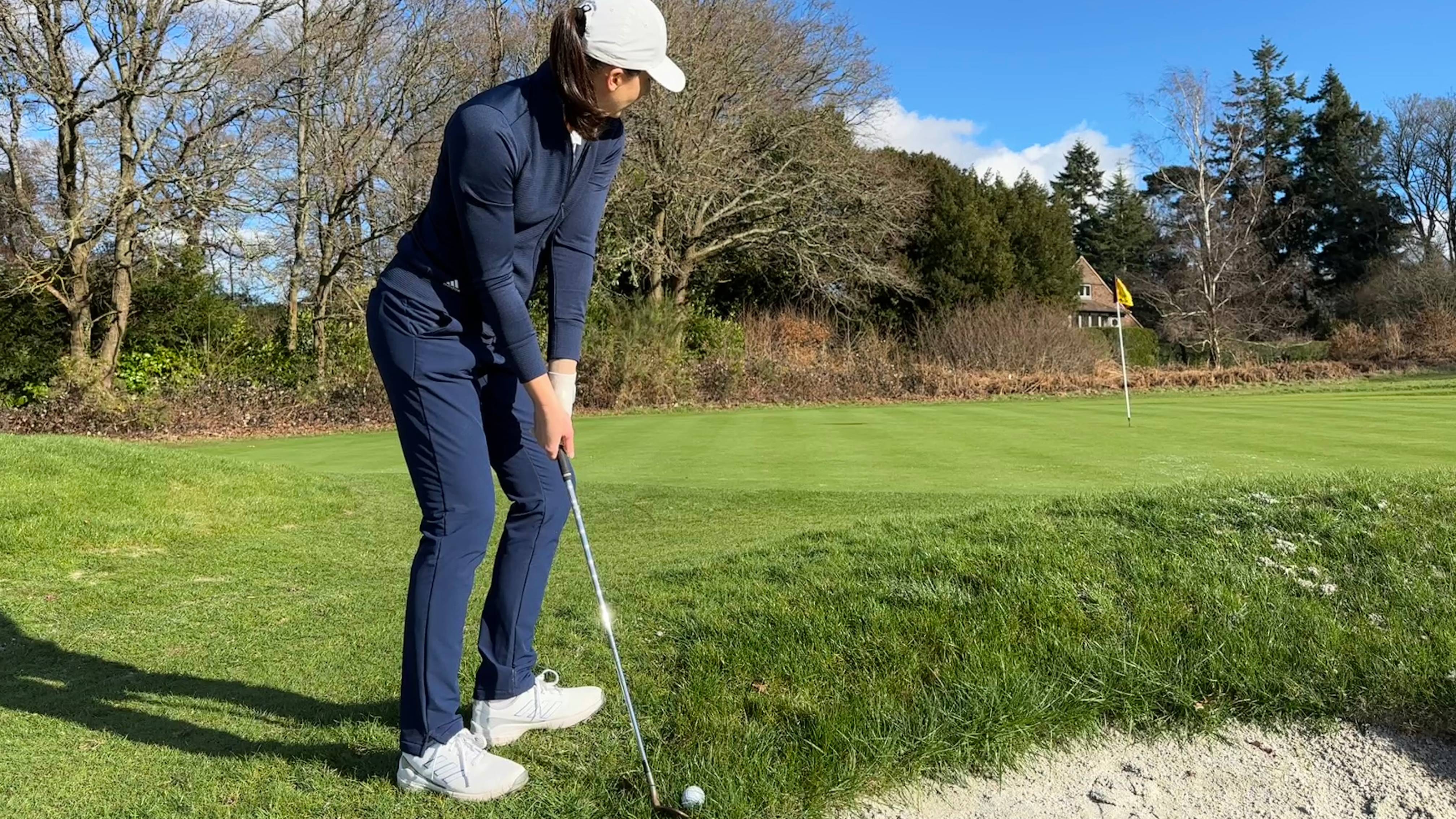
So that is how I stop my practice from becoming boring and I hope the tips and drills will bring a sense of fun and focus to your practice as we get ready for the better weather.
If you want to see more about how I’m working on my game, I share a weekly video on my YouTube channel and more on my Instagram.
After cutting her handicap from 34 to 9 in a year, Jess Ratcliffe is documenting how she’s working on her game to get really good at golf on her YouTube channel and Instagram.
